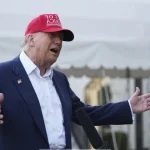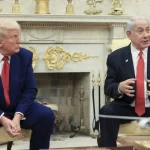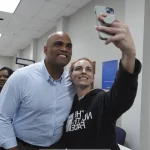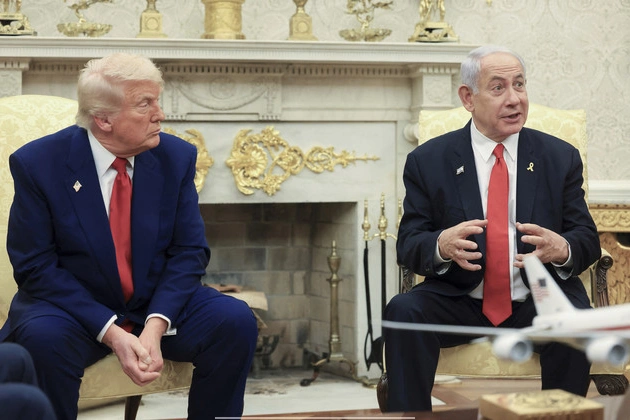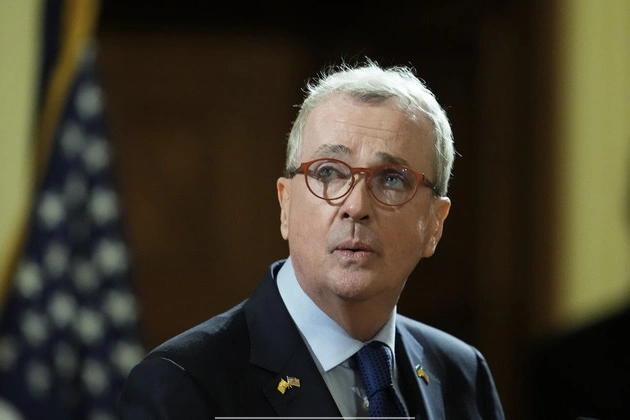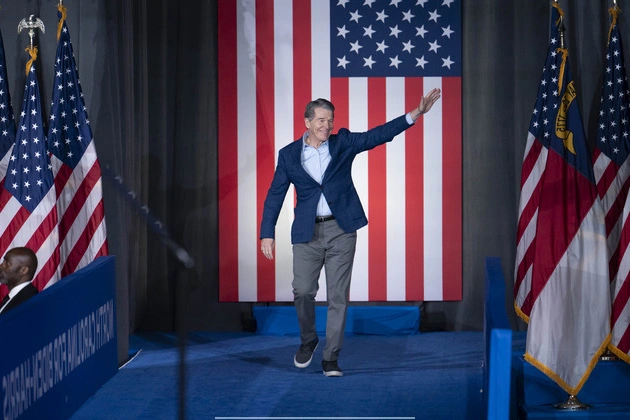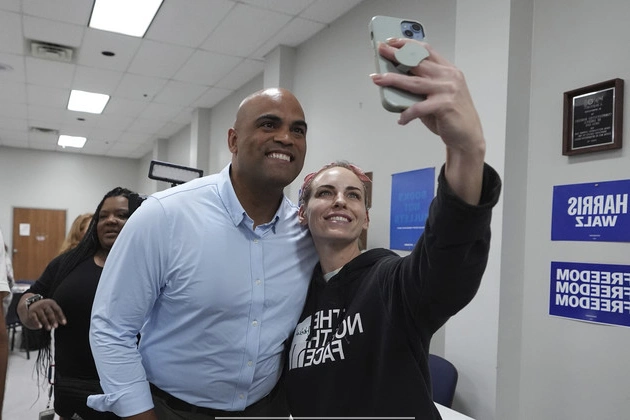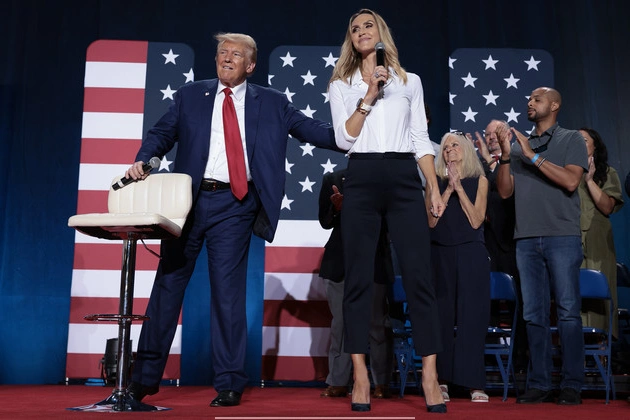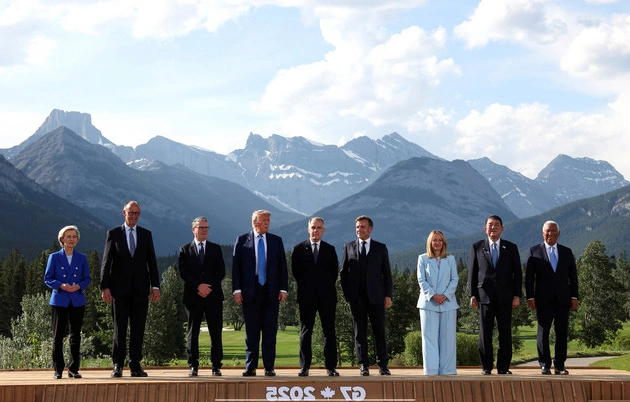
President Trump’s Trade Standstill at G7
There was no breakthrough on trade at the G7 this week, leaving President Donald Trump unfazed. Despite low expectations for trade agreements, the summit failed to spur progress between the U.S. and major trading partners like the European Union and Japan.
The lack of movement has heightened tensions among foreign leaders and domestic businesses, especially with Trump’s looming July 8 deadline for trade accords. While trade discussions may continue at the upcoming NATO summit, the G7 was viewed as a prime opportunity to overcome existing deadlocks.
However, Trump operates on his own timetable, asserting his authority to unilaterally impose tariffs, manipulate their timing, and leverage them for negotiation leverage. This approach, though criticized for fostering global economic uncertainty, remains a cornerstone of his trade strategy.
Treasury Secretary Scott Bessent, representing the U.S. at G7 post-Trump’s early departure due to Middle East conflicts, hinted at possible extensions for countries negotiating in “good faith.” Yet, such assurances have done little to allay fears among U.S. trading partners and businesses seeking stability.
The modest hopes pinned on the G7 were dashed as Trump departed the summit prematurely, spending only a brief time with fellow leaders. This abrupt exit disappointed leaders keen on engaging with the decision-maker on trade matters.
Despite the underwhelming outcome at G7, expectations linger around the possibility of a trade framework by the July 8 deadline. The pressure is mounting on Trump’s top aides to secure at least one agreement, driven by the impending deadline’s incentive to deliver a favorable deal.
Trump’s Trade Crisis Amid Global Tensions
While grappling with the Israel-Iran conflict, Trump’s self-inflicted trade war poses another challenge. With the power to escalate or de-escalate the situation, Trump’s trade policies are under scrutiny for their impact on global trade dynamics.
White House officials downplayed the trade stalemate at G7, emphasizing the value of high-level discussions without expecting immediate deals. The dialogues were labeled “productive” and “substantive,” indicating ongoing efforts to level the trade playing field for American interests.
During his brief G7 appearance, Trump underscored his push for rapid succession in trade deals, hinting at multiple agreements materializing by July 8. Despite such optimism, the lack of specifics raised doubts about the feasibility of these claims.
Private meetings with G7 counterparts revealed Trump’s limited progress, with detailed negotiations still unresolved. Even discussions with German Chancellor Friedrich Merz steered clear of tariff topics, focusing instead on broader geopolitical concerns.
Trump’s departure caught many foreign leaders off guard, disrupting planned meetings and leaving unresolved trade issues. While some managed to salvage discussions through phone calls, the absence of face-to-face negotiations posed challenges in finalizing agreements.
As the U.S. navigates trade talks with key partners like Japan and the EU, uncertainties persist over tariff structures and trade terms. The evolving trade landscape underscores the complexities of global trade relations and the need for sustained dialogues.
Looking Beyond G7: Uncertainties and Expectations
Despite the mixed outcomes at G7, Trump sealed a trade deal with the U.K., marking progress in trade negotiations. However, discrepancies in the finalized agreement hinted at lingering issues and unfinished business.
While the U.S. and Canada set a 30-day negotiation clock, substantial work lies ahead to solidify trade accords. The evolving trade dynamics underscore the importance of clarity and certainty for businesses aiming to make informed investment decisions.
As the global trade landscape shifts, businesses, policymakers, and analysts closely monitor developments for signals of future trade frameworks and agreements. The quest for stability and predictability in trade relations remains paramount amidst evolving geopolitical tensions and economic uncertainties.
